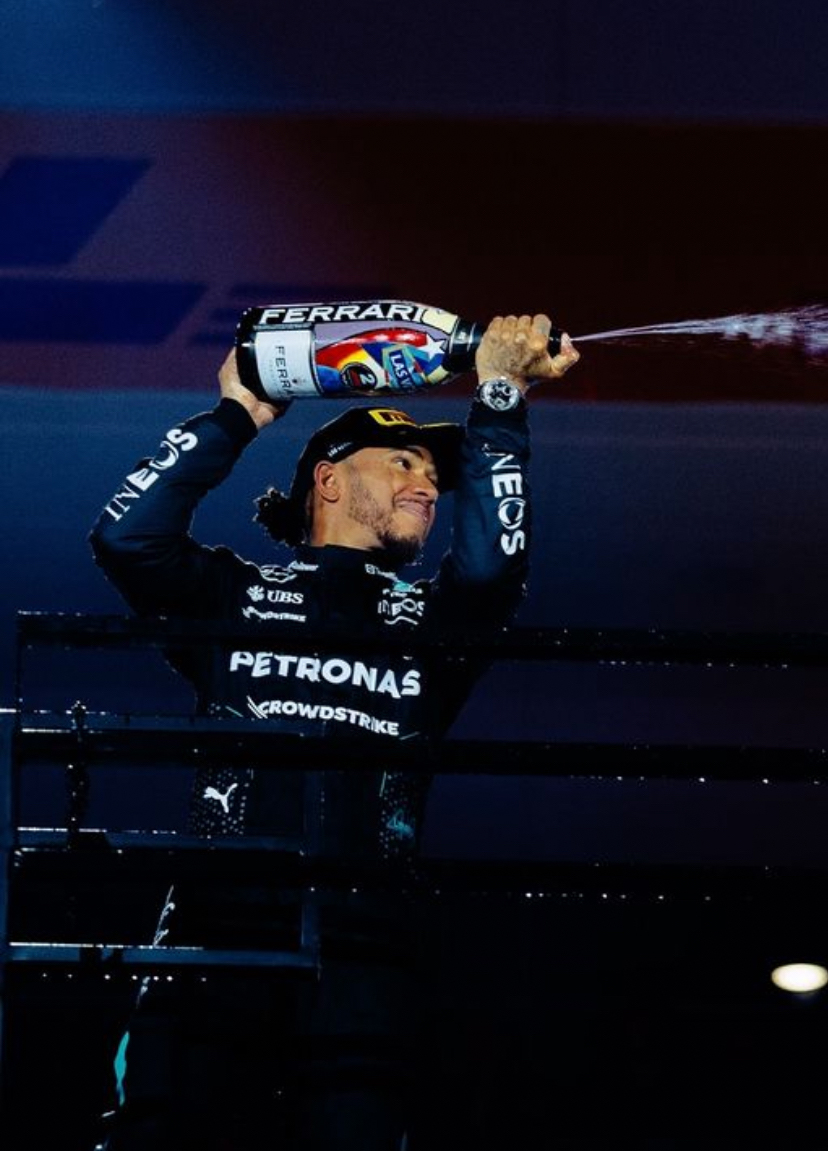Late Braking Mastery: How F1 Drivers Perfect the Technique

Formula 1 World Champions: A legacy of racing legends
Late Braking Mastery: How F1 Drivers Perfect the Technique
Explore how Formula 1 drivers perfect the art of late braking to optimize lap times, overtake rivals, and defend positions in high-stakes races.
In Formula 1, where every millisecond counts, the technique of late braking is a cornerstone of elite racecraft. By delaying braking until the last possible moment before a corner, F1 drivers maintain speed, control, and precision, allowing them to optimize lap times, execute daring overtakes, and defend positions. In this article, we explore how drivers refine this vital aspect of their racing strategy.
Understanding the Physics of Late Braking
Late braking revolves around a delicate balance between speed, grip, and weight distribution. When a driver applies the brakes, several key forces come into play:
- Deceleration: Braking converts kinetic energy into heat, slowing the car. Drivers must manage this deceleration carefully, ensuring they can navigate the corner without losing control.
- Weight Transfer: Braking shifts the car’s weight to the front wheels, which influences balance and handling. In Formula 1, this shift is particularly pronounced due to high speeds and advanced braking systems.
- Grip and Downforce: Modern F1 cars generate significant downforce, improving tire grip during braking. This allows drivers to brake harder and later while maintaining stability.
By braking later, drivers maximize their time at full throttle, a crucial advantage in racing. However, braking too late risks overshooting the corner, losing valuable time or even going off-track.
The Role of Technology in Late Braking
F1 cars feature advanced braking technology, enhancing drivers' ability to brake later and more precisely:
- Carbon-Carbon Brakes: These high-performance brake systems resist heat, allowing drivers to apply maximum braking force without risk of fading.
- Brake-by-Wire (BBW): Introduced in 2014, this system helps balance braking and energy recovery by providing more precise control over braking zones.
- Tire Technology: Properly warmed-up tires provide essential grip during late braking. Tire wear can reduce braking precision, requiring drivers to adjust their braking points during the race.
These technological advancements give drivers the tools to master late braking, but the skill still lies in the driver’s hands.
Driver Technique: Mastering Late Braking
Late braking requires experience, intuition, and mental precision. Key techniques that F1 drivers focus on include:
- Mental Precision and Reaction Time: F1 drivers brake just a fraction later than their competitors, gaining valuable time. Timing is critical—braking too late leads to disaster, while braking too early costs time.
- Trail Braking: Involves gradually releasing the brakes as the driver enters the corner, helping maintain balance and carry more speed.
- Braking Point Identification: Drivers rely on trackside markers to identify the latest possible braking point. These markers can change during the race due to varying tire wear and fuel load.
- Footwork Precision: Drivers apply maximum braking force at the start of the zone, then gradually reduce pressure as they approach the corner apex, preventing tire slip.
Late Braking in Overtaking and Defending
Late braking is crucial not just for lap times, but also for overtaking and defending positions:
- Overtaking: Drivers can outbrake rivals into corners, especially at the end of long straights, leveraging slipstream effects. Classic overtakes occur at tracks like Monza, Silverstone, and Spa-Francorchamps.
- Defending: When under attack, a defending driver can brake late to maintain position, forcing the attacker to make a risky move or run wide.
Late Braking Legends: Masters of the Craft
Some of the greatest F1 drivers are known for their mastery of late braking:
- Ayrton Senna: Famous for outbraking rivals in challenging conditions, particularly in the rain.
- Michael Schumacher: Renowned for his smooth control and ability to use late braking to both attack and defend effectively.
- Lewis Hamilton: Known for precise braking, Hamilton frequently uses late braking to outmaneuver competitors in tight corners.
- Max Verstappen: Verstappen’s fearless style often sees him dive deep into corners, catching opponents off guard with his late braking moves.
Risks and Challenges of Late Braking
While late braking is a powerful tool, it comes with risks:
- Lock-ups: Excessive braking force can cause the tires to lock, leading to flat spots or off-track excursions.
- Tire Degradation: Over-reliance on late braking can accelerate tire wear, making it harder to maintain performance over a race distance.
- Fuel Load and Tire Changes: Changing fuel loads and tire conditions throughout a race require constant adjustment of braking points.
The Evolution of Late Braking in Modern F1
Late braking has become more refined with advancements in technology, including braking systems, aerodynamics, and simulation tools. Teams analyze vast amounts of data to optimize braking points for every corner, and simulators allow drivers to practice without being on track. Still, the essence of late braking remains the same: the ability to push the car to its limits without crossing them.
Conclusion
Late braking is a defining skill in Formula 1, blending art, science, and bravery. While modern technology provides the tools, it’s the driver’s skill that determines success. Mastering late braking means understanding how to balance aggression with control, maximizing the car's performance, and staying ahead of rivals—making it one of the most exciting aspects of F1 racing.
Up Next


